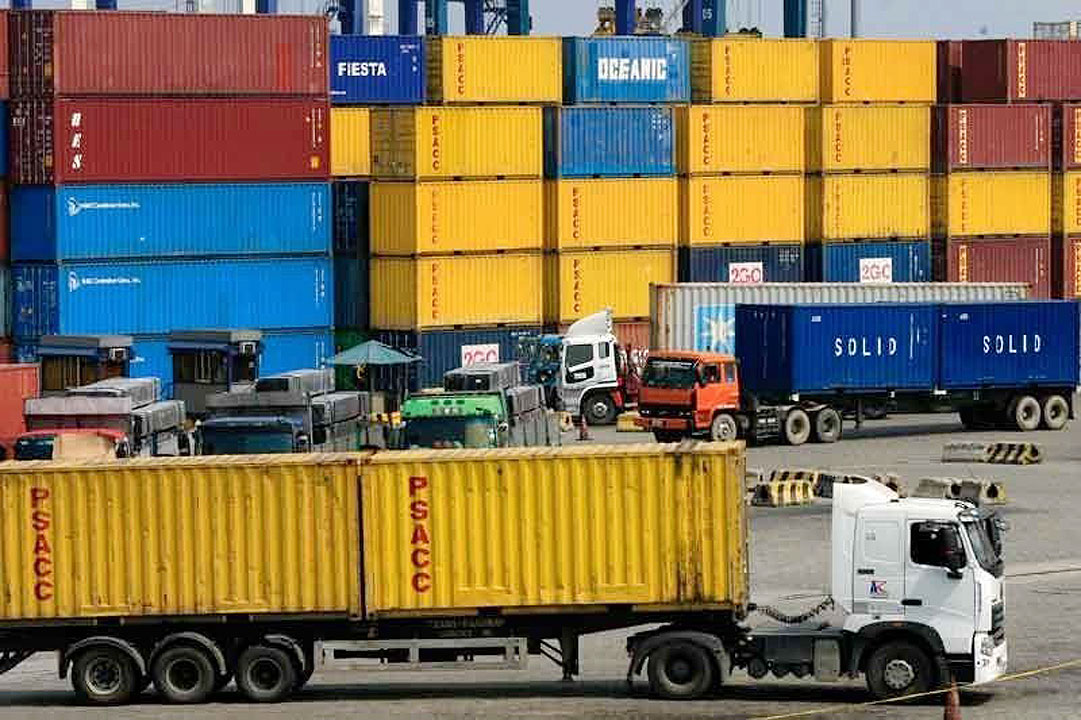THE VALUE of domestically traded goods fell nearly 15% in the third quarter, the Philippine Statistics Authority (PSA) said Wednesday.
Preliminary results from the PSA report on “Commodity Flow in the Philippines” indicate that the value of goods traded during the three months to September fell 14.9% year on year to P142.33 billion.
By volume, traded goods grew 0.7% from a year earlier to 3.84 million tons.
The decline in third-quarter trading value and the slight growth in volumes represent a recovery from the preceding year’s declines of 26.7% and 36.2% by value and volume, respectively. However, the third-quarter performance marked a slowdown compared with the second quarter, when the value gain was 74.8% and that for volume was 75.4%.
Commodity flow, a proxy for the health of domestic trade, covers goods shipped by water, air, and rail transport systems, with waterborne goods the dominant segment.
Seven out of the 10 commodity categories monitored by the PSA reported a decline by value. Of these, mineral fuels, lubricants and related materials registered the biggest decline with 71.5% to P1.76 billion. Volume was down 74.6% at 32,216 tons.
Eastern Visayas was the top source of commodities in the third quarter, with outflows amounting to P32.31 billion. It had a domestic trade surplus of P20.32 billion, the biggest among the five regions where exports outweighed imports.
Caraga was the top destination for commodities with total inflows of P34.81 billion. It posted the biggest trade deficit among 10 regions with P30.44 billion.
“Contributing most to the (third-quarter) domestic trade decline were restrictions that affected inter-island mobility, on top of rising fuel costs observed for most of the quarter,” Security Bank Corp. Chief Economist Robert Dan J. Roces said in an e-mail.
Mr. Roces said companies were dealing with the impact of the lockdowns imposed in the second quarter with the onset of the Delta variant of the coronavirus disease 2019 (COVID-19), with the resulting stricter curbs serving to dampen domestic trade further.
Mr. Roces, however, expects domestic trade to pick up in the fourth quarter, when lockdowns were being eased.
“(W)e are observing some mobility uptrends already at the start of the quarter; domestic demand is also projected to be higher with the onset of the holiday season,” he said.
“However, downside risks include the new Omicron variant that could dampen consumer confidence and lead to stricter curbs.”
In a separate e-mail, ING Bank N.V. Manila Senior Economist Nicholas Antonio T. Mapa said economic activity may pick up, but that challenges of supply-side bottlenecks “should continue to weigh on domestic trade in the coming months and cap any upside.” — Lourdes O. Pilar
